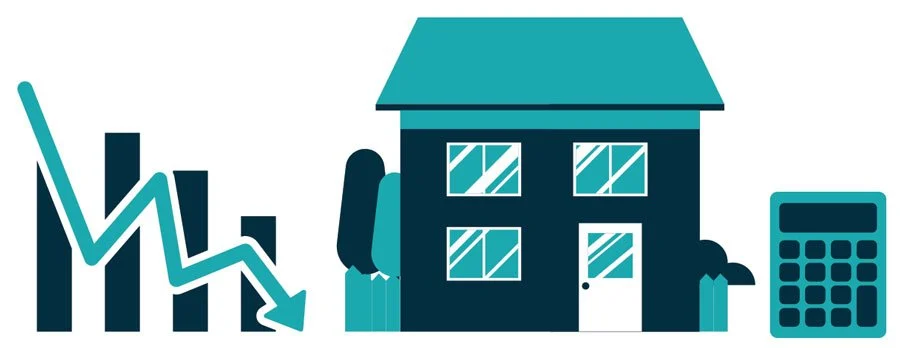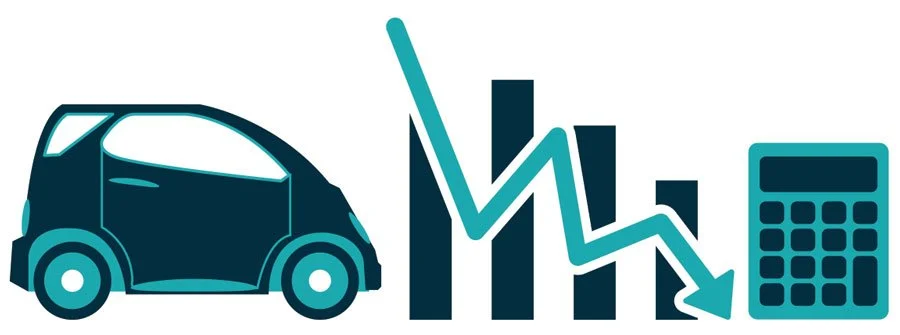Amortization of Loans
Amortization of loans involves the paying off of debt under a fixed repayment schedule in regular installments over a period of time, such as in the case of a home mortgage or auto loan. These regular installment payments of identical amount continue throughout the duration of the repayment period, although at the early stages, a greater percentage of the payment often gets applied toward interest expense.
With each passing payment, a slightly greater percentage of the total is applied to the principal, and as time progresses throughout the amortization of the loan, the regular installment payments eventually cover the total amount of principal and interest expense owed on the debt. Let’s take a closer look at how to amortize loans and how amortization works.

How Amortization Works
Loan amortization is designed in a manner that allows for full payment of the loan over a specified period of time. Amortization of loans include a fixed payment that is to be made each month, with the last payment serving to pay off the final amount remaining on the debt. The total length of time involved in the loan amortization process will have a direct bearing on the amount of total interest expense paid over the life of the loan.
However, when the duration of the loan amortization is shortened, it also leads to a higher monthly payment relative to the amount of principal borrowed. This is why many people opt for longer repayment periods when amortizing loans. Let’s take a closer look at how to amortize loans in the cases of a home mortgage and auto loan.
How To Amortize Loans
Though many borrowers remain conscious of minimizing the monthly payment amount, doing so does come with a price – and that price includes a higher level of interest expense to be paid over the life of the loan, as well as the psychic cost of remaining in debt longer when the loan amortization process takes place over a longer period of time.
Practice using the online amortization calculator to create your own loan amortization tables. Be sure to vary the inputs – especially the loan term – and notice how the amount of total interest expense changes, as well as how the fixed monthly payment gets allocated toward interest expense and principal, and the resulting change in the remaining balance owed at the end of each month.
Amortization of Loans - A Home Mortgage Example
With the aid of an online amortization schedule calculator, it is easy to arrive at an amortization repayment schedule of any home mortgage or auto loan, and to determine the exact amounts within the regularly scheduled payment that are allocated toward interest expense and principal. Let’s take a look at a hypothetical example involving a 30-year, $300,000 home mortgage that has an interest rate of 7% attached.
After inputting the numbers into the online amortization schedule calculator, the following data appears: As you can see, this mortgage comes with a monthly payment of $1,966 that is to be made over a total of 360 months, and the $300,000 principal will actually generate a whopping $418,527 in total interest expense over the life of the loan.
Though the amount of the $1,966 monthly payment remains constant, the portion of it that is allocated toward principal gradually increases over time. For example, in month one, only $246 is allocated to principal, as $1,750 of the monthly payment is allocated toward interest expense. Notice that the initial $300,00 balance diminishes by $246, down to $299,754. The following month, the amount allocated to principal rises slightly, and will continue to do so every single month, reducing the remaining principal balance by that slightly higher amount, each month.

However, also do recognize in this example that it will take a full twenty years (until October 2038, for a loan issued in September 2018) before the amount of the monthly payment that is applied to principal actually exceeds the amount applied toward interest expense.

Insolvency and Bankruptcy
Now, let’s take a look at how amortization works with an auto loan. Let’s say we’ve got a 5-year, $25,000 auto loan that has an interest rate of 7.5% attached. After inputting the numbers into the online amortization schedule calculator, the following data appears:
Here, we’ve got an auto loan with a fixed monthly payment of $501 to be made over the course of sixty months, with the $25,000 principal generating total interest expense of $5,057 over the life of the loan. Here, unlike in the example above of amortizing a home mortgage, starting with the very first monthly payment, a greater percentage of the payment gets allocated to the principal, rather to interest expense. This is because of the dramatically shorter term of this auto loan as compared to the home mortgage loan, something that is worth noting.
Get Debt Relief
Speak with licensed debt specialists dedicated to guiding you toward financial stability every step of the way.

Ready To Get Started?
See if you qualify for debt relief. Get a Free savings estimate to see how quickly you can be debt free.
Embrace financial freedom with our tailored solutions, expert guidance, and unwavering commitment to your success.
Experienced Professionals
Our experienced team has helped thousands of clients successfully eliminate debt and regain financial freedom.
Customized Solutions
We know every financial situation is different, so we design personalized debt relief plans to fit your specific needs and goals.
High Success Rate
Our proven debt relief strategies deliver real results. With a strong track record of success, we help clients achieve lasting financial stability.
Confidential Consultation
Your privacy is our priority. All debt relief consultations are 100% confidential and handled with the highest level of discretion.
Explore other blogs











